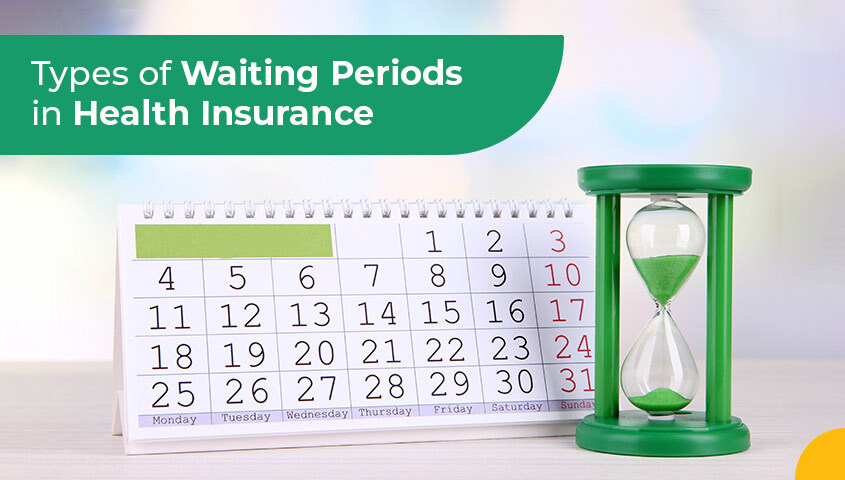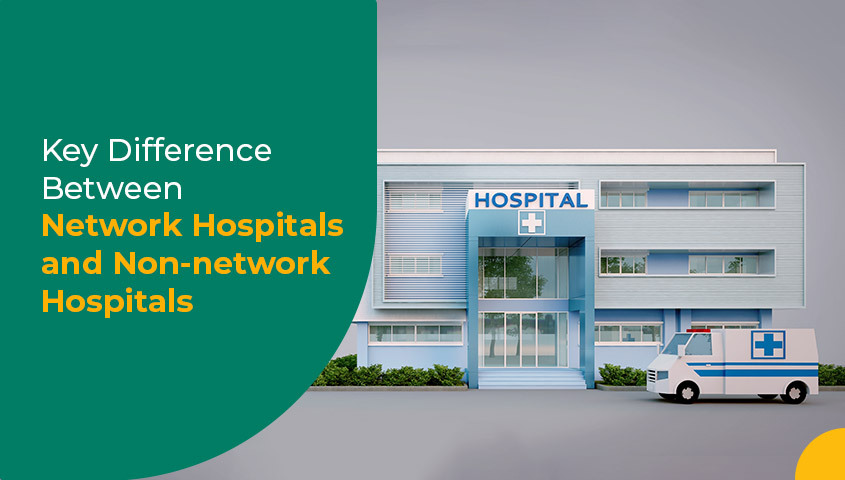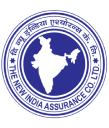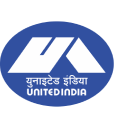
The National Family Health Survey is conducted periodically and it surveys the health conditions, insurance status, and other health related details of the Indian population. The fifth edition of the survey was published on 25th November 2021 and as per latest findings, the health insurance coverage among Indian households has gone up compared to the findings of the fourth edition. Let’s analyze what the survey concluded.
The key findings of the National Family Health Survey
The fifth edition of the National Family Health Survey was conducted between the periods of 2019 and 2021 compared to the fourth edition which was conducted between 2015 and 2016. Among the households surveyed, here are the three main findings –
- 41% of the households surveyed were covered under a health insurance policy.
- Health insurance coverage in India increased by 12.3% compared to the findings of the fourth edition.
- The health insurance coverage in the rural sector was found to be 42.4% and that in the urban sector was found to be 38.1%.
The interpretation
A jump in health insurance coverage among the surveyed households indicated a success of the Pradhan Mantri Jan Arogya Yojana (PMJAY) or the Ayushman Bharat scheme. The additional secretary and the mission director of the National Health Mission attributed this jump in health insurance coverage to the PMJAY or the Ayushman Bharat scheme. Experts corroborated this theory and said that the jump was largely due to the successful implementation of the Ayushman Bharat scheme pan India. The rural sector dominated the findings because a large section of the BPL families live in rural areas.
What is the Ayushman Bharat scheme?
The Pradhan Mantri Jan Arogya Yojana or the PMJAY scheme, the official name of the Ayushman Bharat scheme, was launched in September 2018 by the honourable Prime Minister Mr. Narendra Modi. The scheme offered free health insurance coverage of up to Rs.5 lakhs to BPL (Below Poverty Line) families.
The objective of the scheme was to provide quality healthcare facilities at the grass-root levels. The economically weaker sections of the society need healthcare facilities but their limited incomes prevent them from accessing the same. As such, the scheme intended to provide treatments and medical assistance, free of cost, to such families.
While the scheme was launched on a pilot basis in 2018, currently, it has panned out throughout India and has become popular. As such, many families are now covered under the scope of the PMJAY scheme which has caused a jump in the average health insurance coverage in India.
How does the survey prove relevant for you?
Though the survey contributed the jump in the health insurance coverage to the success and implementation of the PMJAY scheme, the scheme may not apply to you. It is available only for the identified families that constitute the EWS and BPL families. So, you might not be eligible to enjoy free health insurance coverage under the scheme.
That being said, the value of health insurance coverage cannot be stressed enough. Awareness for the importance of health insurance plans is gradually increasing among the common population of India. Moreover, the pandemic has further underlined the necessity of the same. So, today, more and more individuals are opting for coverage. This might also have led to the jump in the health insurance coverage among families that are not covered under the PMJAY scheme.
The road ahead
The next edition of the survey would be conducted in the year 2022 and its results would be published sometime in 2023 and 2024. The next edition would be able to shed light on the contribution of the PMJAY scheme in increasing the health insurance coverage in India. So, till the next survey results are out, the full measure of PMJAY’s success is pending to be seen.
What should you do?
Having optimal health insurance coverage has become important when medical expenses have become unaffordable and the pandemic continues to remain a cause of concern. You should, thus, opt for a health insurance policy for yourself and your family members. The policy would cover the medical expenses and provide you with the much-needed financial security in a crisis. If, on the other hand, you are insured under a health insurance plan, check its sufficiency. Ensure that the coverage is high enough to pay for the expensive treatments. If the coverage is low, supplement it by enhancing the coverage at renewal. Alternatively, opt for a super top-up policy which would boost the sum insured while keeping the premiums affordable.
So, do your bit towards increasing the penetration of health insurance coverage in India. This would not only bump the survey numbers, but it would also be financially rewarding for you.


































